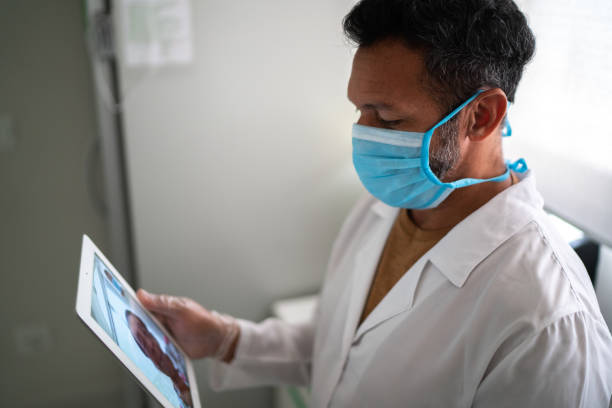Challenges and Solution in Implementing Patient Monitoring System
Patient monitoring solutions have revolutionized healthcare by providing real-time insights into patients' health status, enhancing clinical decision-making, and improving patient outcomes. However, the implementation of these systems is not without its challenges. From technological barriers to organizational resistance, healthcare providers encounter various hurdles in adopting and integrating patient monitoring solutions into their practice.

Technological Complexity and Integration Issues
One of the primary challenges in implementing patient monitoring solutions lies in the technological complexity of these systems. Integrating diverse monitoring devices, software platforms, and electronic health records (EHR) systems can be a daunting task, requiring interoperability standards and seamless data exchange protocols. Healthcare organizations must navigate compatibility issues and ensure that monitoring solutions integrate seamlessly with existing infrastructure to maximize efficiency and usability.
Data Security and Privacy Concerns
With the proliferation of healthcare data and the increasing reliance on digital technologies, ensuring the security and privacy of patient information is a paramount concern. Patient monitoring solutions collect sensitive health data, making them vulnerable to cybersecurity threats and breaches. Healthcare providers must implement robust security measures, such as data encryption, access controls, and regular audits, to safeguard patient privacy and comply with regulatory requirements like HIPAA.
Resistance to Change and Staff Training
Resistance to change among healthcare staff can pose significant challenges to the successful implementation of patient monitoring solutions. Clinicians may be apprehensive about adopting new technologies or modifying established workflows, leading to reluctance in utilizing monitoring systems effectively. Comprehensive staff training programs and change management initiatives are essential to overcome resistance and empower healthcare professionals to embrace and leverage patient monitoring solutions in their practice.
Financial Constraints and Resource Allocation
Cost considerations represent another hurdle in implementing patient monitoring solutions, particularly for smaller healthcare facilities or resource-constrained settings. The initial investment in purchasing monitoring equipment, software licenses, and infrastructure upgrades can be prohibitive, requiring careful financial planning and resource allocation. Healthcare organizations must weigh the long-term benefits of patient monitoring against upfront costs and explore alternative funding sources or reimbursement models to facilitate implementation.
Interdisciplinary Collaboration and Communication
Effective implementation of patient monitoring solutions necessitates interdisciplinary collaboration and communication across healthcare teams. Clinicians, IT professionals, biomedical engineers, and administrative staff must work collaboratively to design, implement, and optimize monitoring systems tailored to the needs of patients and healthcare providers. Clear communication channels and shared decision-making processes are critical for fostering synergy and alignment among diverse stakeholders.
Strategies for Overcoming Challenges and Maximizing Success
Despite the challenges inherent in implementing patient monitoring solutions, healthcare organizations can adopt strategies to mitigate risks and maximize success:
Comprehensive Needs Assessment: Conduct a thorough assessment of clinical workflows, patient demographics, and technological requirements to identify the most suitable monitoring solution.
Vendor Collaboration: Collaborate closely with vendors and technology partners to customize solutions, address integration challenges, and ensure ongoing support and maintenance.
User Training and Support: Provide comprehensive training and ongoing support to healthcare staff to enhance their proficiency in using monitoring systems effectively and address any usability issues.
Data Governance and Compliance: Establish robust data governance policies and compliance frameworks to ensure the security, privacy, and integrity of patient data throughout the monitoring process.
Continuous Evaluation and Improvement: Continuously evaluate the performance and impact of patient monitoring solutions, soliciting feedback from clinicians and patients to identify areas for improvement and optimization.
By adopting a proactive and holistic approach to implementation, healthcare organizations can overcome challenges and unlock the full potential of patient monitoring solutions to enhance patient care delivery and clinical outcomes.



Comments
Post a Comment